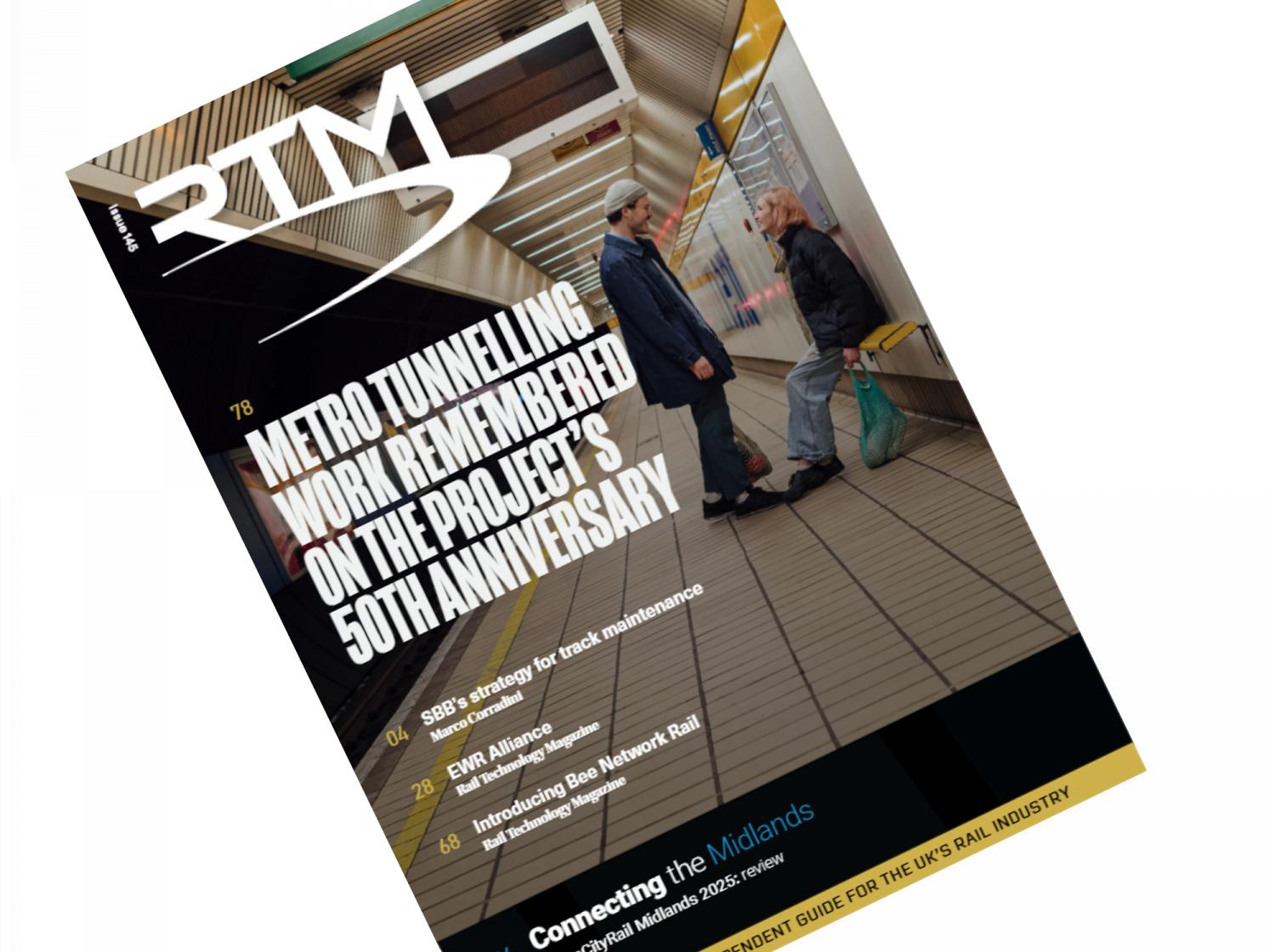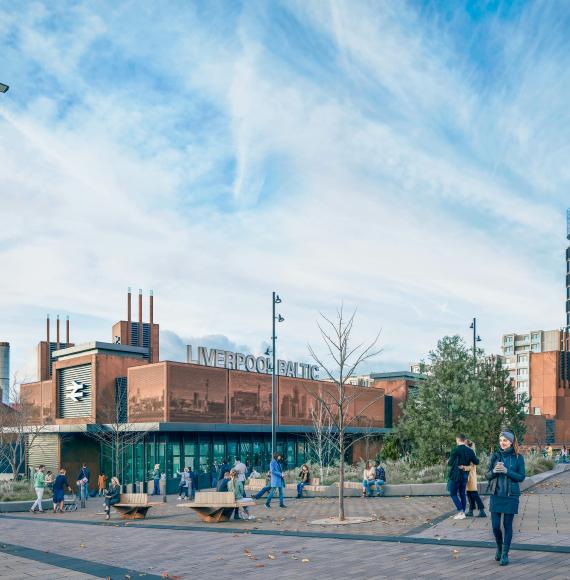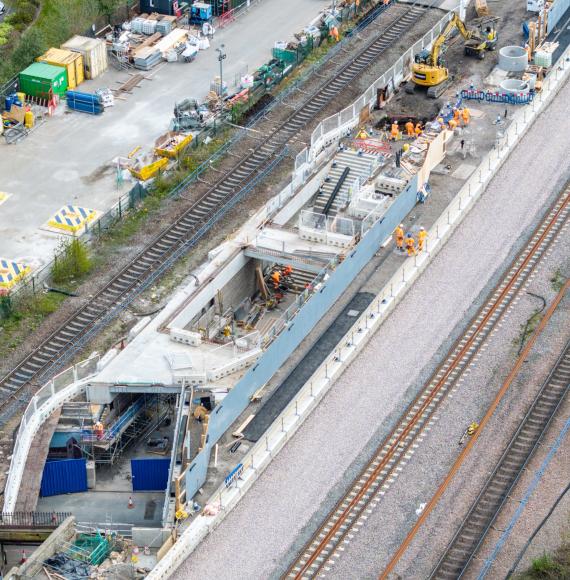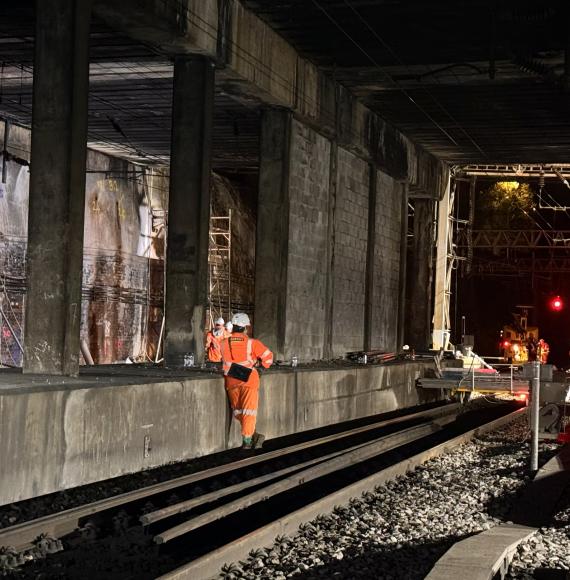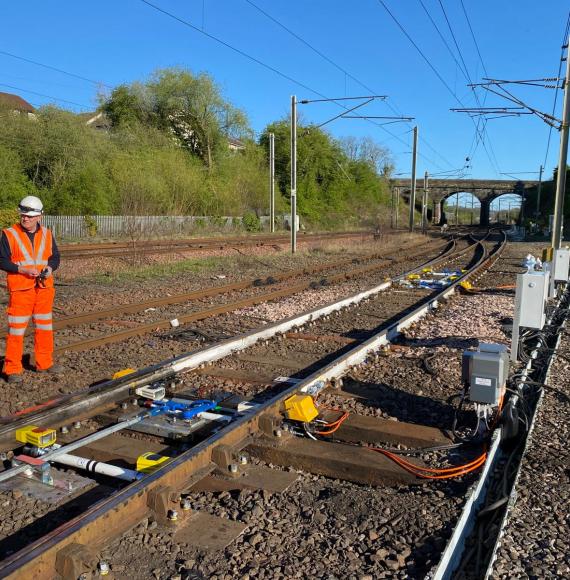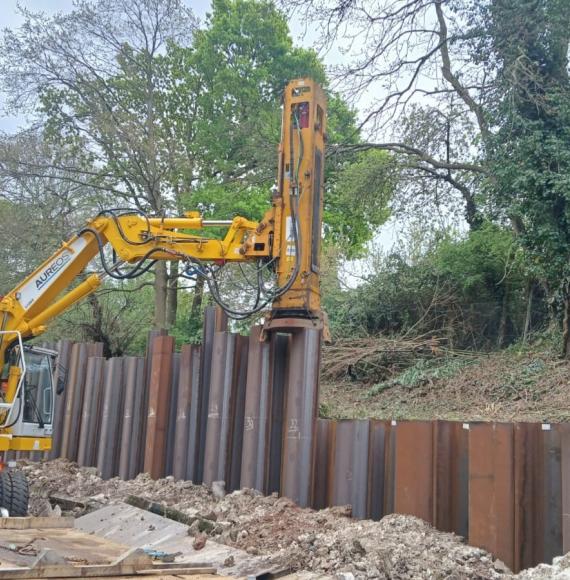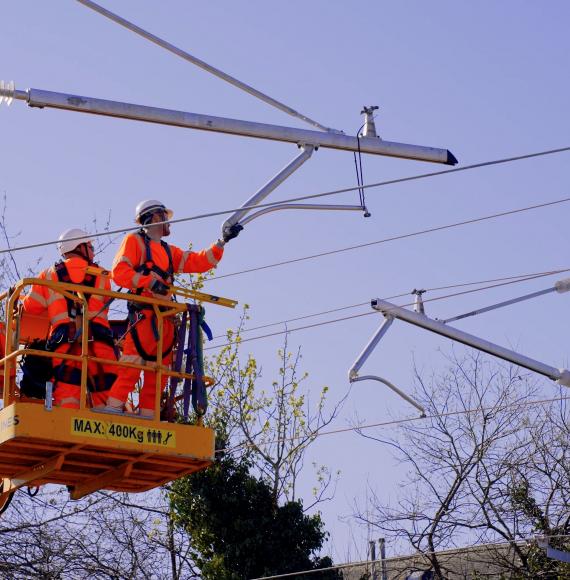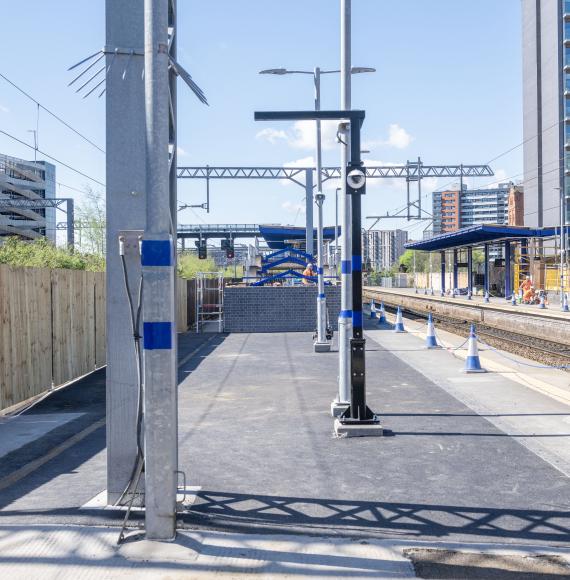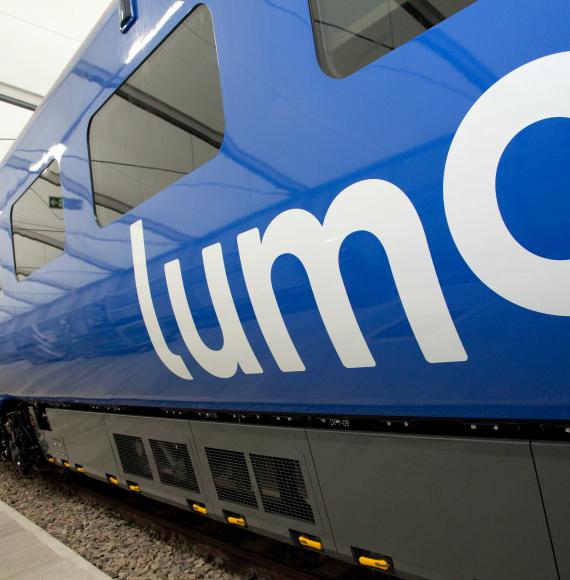A team of expert engineers has completed a year-long, £3.4 million restoration project to preserve the iconic Glenfinnan Viaduct.
Located in the Scottish Highlands and renowned globally due to its appearance in the Harry Potter films, the viaduct has undergone extensive maintenance to ensure its longevity for future generations.
Network Rail, in collaboration with principal contractor AmcoGiffen, evaluated the viaduct's condition. Concrete repairs were meticulously carried out to maintain its historical appearance. Additionally, new safety handrails were installed for staff working at height, and ballast retention systems at the structure's ends were renewed. Ballast, the stone material beneath the track, ensures stability, drainage, and protects the underlying structure.
Engineers also worked within the River Finnan to shield the piers from erosion caused by the swift river currents. Meanwhile, specially trained rope access technicians descended from the viaduct to reach and restore otherwise inaccessible areas.
Laura Craig, Scheme Project Manager at Network Rail, said: “This project was years in planning due to the complexity of navigating such a large-scale, historic structure. Our highly skilled team faced numerous challenges, from preserving the viaduct's original integrity to implementing modern engineering solutions. Every step of the process required meticulous attention to detail and a deep respect for its heritage.
“It’s an honour to look after the Glenfinnan Viaduct, knowing how much it’s loved all over the world. We’re proud to see it standing strong, and it’s a testament to the dedication and hard work of everyone involved.”
The Glenfinnan Viaduct, which opened in 1901, is the largest mass concrete viaduct in Scotland, stretching over 1,000 feet. Originally built at a cost of £18,904, this amount is equivalent to approximately £2 million today.
Historic Environment Scotland has classified the viaduct as a Category A structure, indicating its significant architectural and historical value. To preserve its character, Network Rail avoids cleaning off the efflorescence marks left by rainwater, maintaining the viaduct's distinctive appearance.
Ann MacSween, Head of Planning, Consents and Advice Services at Historic Environment Scotland, said: "We welcome Network Rail's investment in the careful repair of this iconic structure.
“Glenfinnan is the most impressive of several mass concrete railway viaducts and bridges along the West Highland Line, which was built 1897-1901. These bridges were mostly designed with an exposed concrete finish, rather than being faced in stone, and are the earliest railway bridges of this style in Scotland.
“Over a century after it was first built, Glenfinnan Viaduct still stands strong today, in no small part due to Network Rail's excellent care."
The Glenfinnan Viaduct is a symbol of Scottish tourism, attracting thousands of visitors annually. Many traverse its arches aboard ScotRail trains or the 'Hogwarts Express' Jacobite steam train operated by West Coast Railways. Additionally, countless tourists journey to Glenfinnan to marvel at the breathtaking views from the ground.
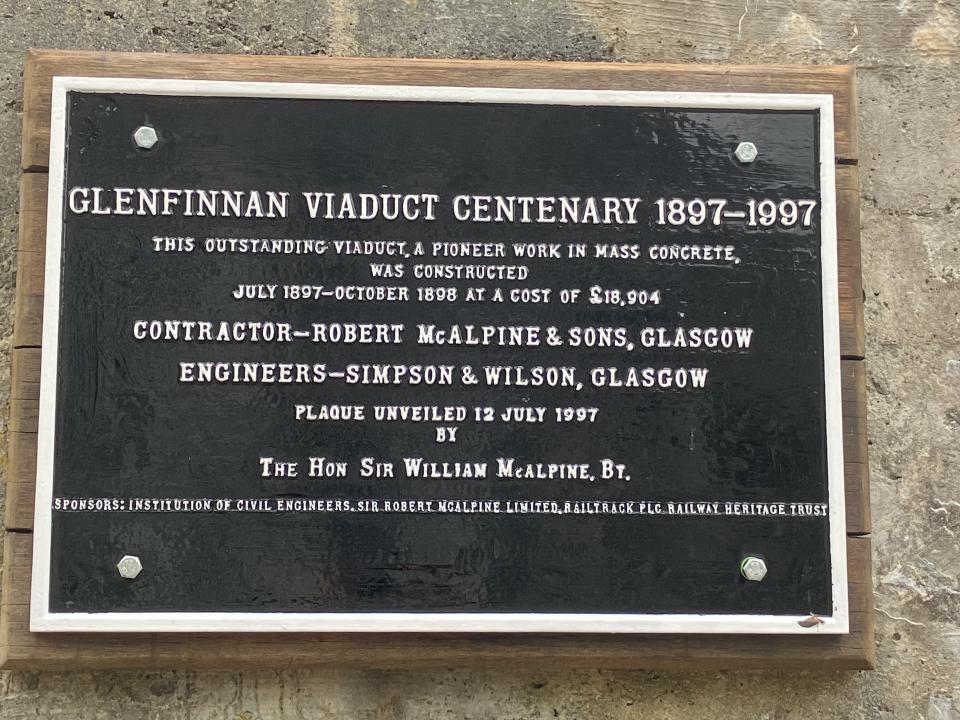
James Shuttleworth, West Coast Railways’ Commercial Manager, added: "Having run ‘The Jacobite’ for over three decades and celebrated its centenary in 2001, we truly appreciate the historic significance of the viaduct. The recent restoration work has further highlighted its importance, not only as a vital piece of railway heritage, but also as a beloved film star in Harry Potter, for which we proudly provided ‘The Hogwarts Express."
The viaduct's restoration is part of a larger initiative in the Glenfinnan area. A two-year, pioneering pilot project has enhanced the natural habitat by planting trees across approximately 200 hectares to protect, restore, and expand rainforest and peatland ecosystems. Additionally, deer fencing has been installed at Ardmolich to protect the newly planted native woodlands from overgrazing.
Network Rail is also investing £500,000 to renew over five kilometres of lineside fencing near the viaduct. This project aims to replace outdated boundary fencing, ensuring the track remains safely separated from public areas.
Image and Video Credits: Network Rail



